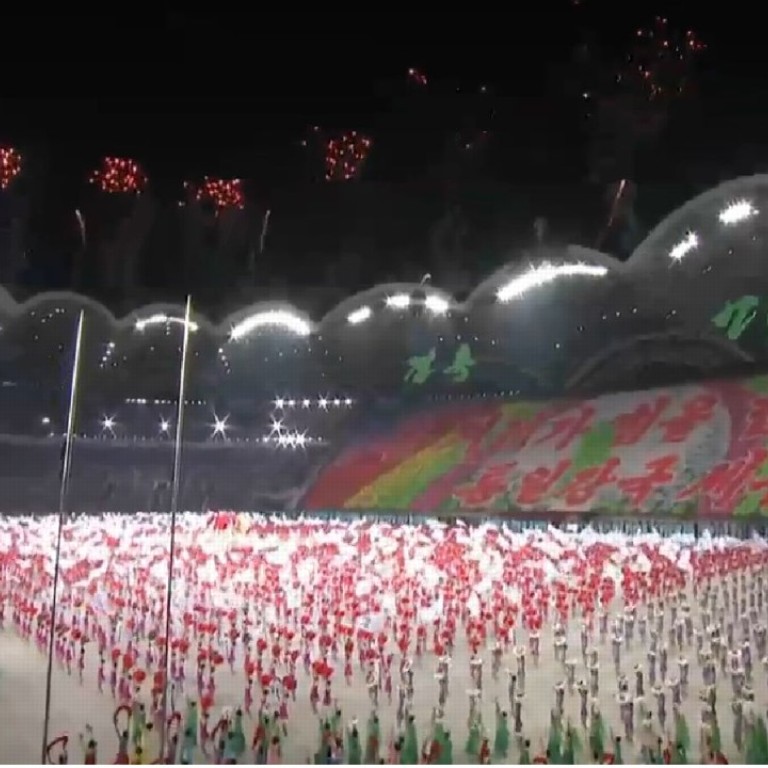
Moon gets ‘standing ovation’ after first ever speech by South Korean leader to North Koreans
Historic address comes after the two Koreas vowed to rid their peninsula of nuclear weapons – a result that experts say could ease tensions between the US and China
In a historic moment, South Korean President Moon Jae-in was given a standing ovation by tens of thousands of North Koreans on Wednesday night following the first-ever speech by a South Korean president in the country.
The applause capped a second day of talks with Kim Jong-un, during which the two leaders agreed to rid their peninsula of nuclear weapons. Speaking after the mass games in a packed May Day Stadium – which holds 150,000 – Moon announced their dramatic deal.
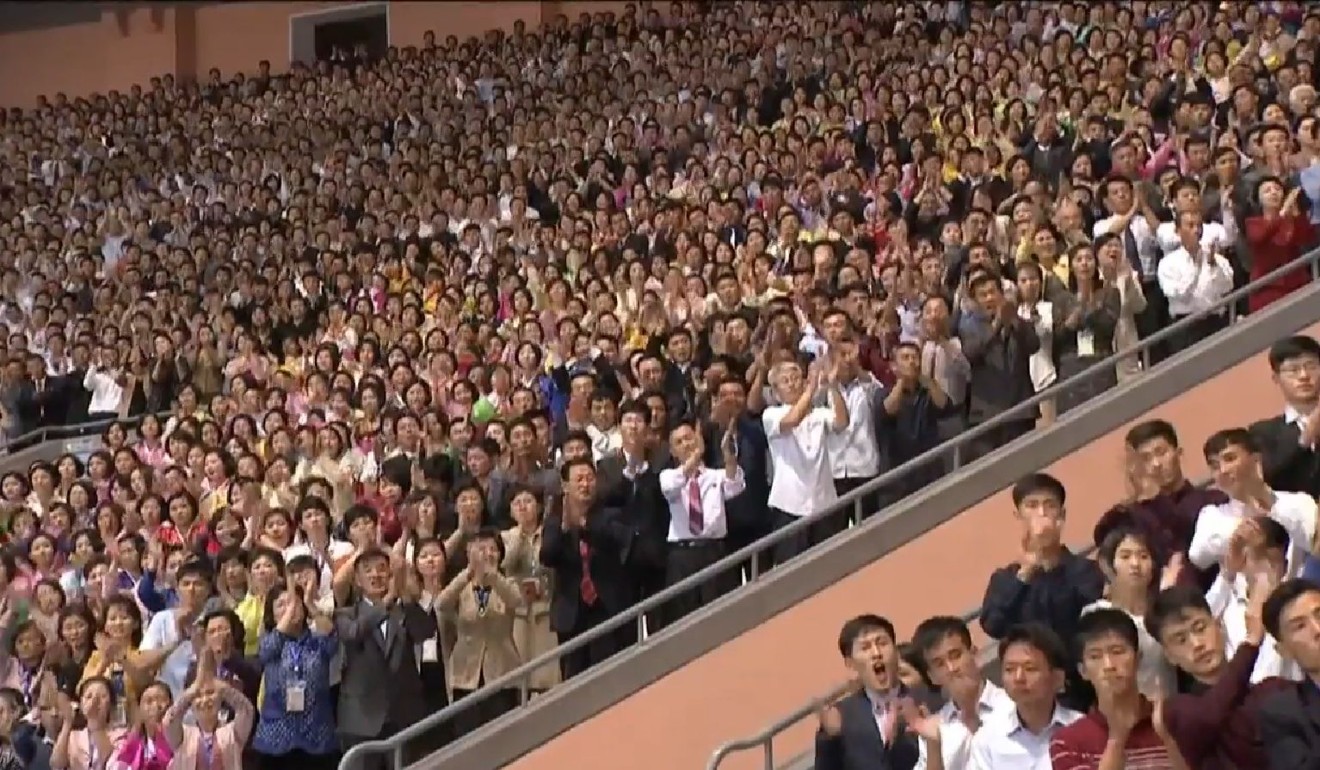
“We have confirmed our people’s principle of sovereignty, to determine our fate on our own and to significantly improve inter-Korean relations to hasten prosperity on the Korean peninsula” he declared.
“We have pledged to give a nuclear weapon-free and nuclear threat-free peaceful land to the next generation.”
Moon said the agreement also included measures to “completely eliminate military collisions”.
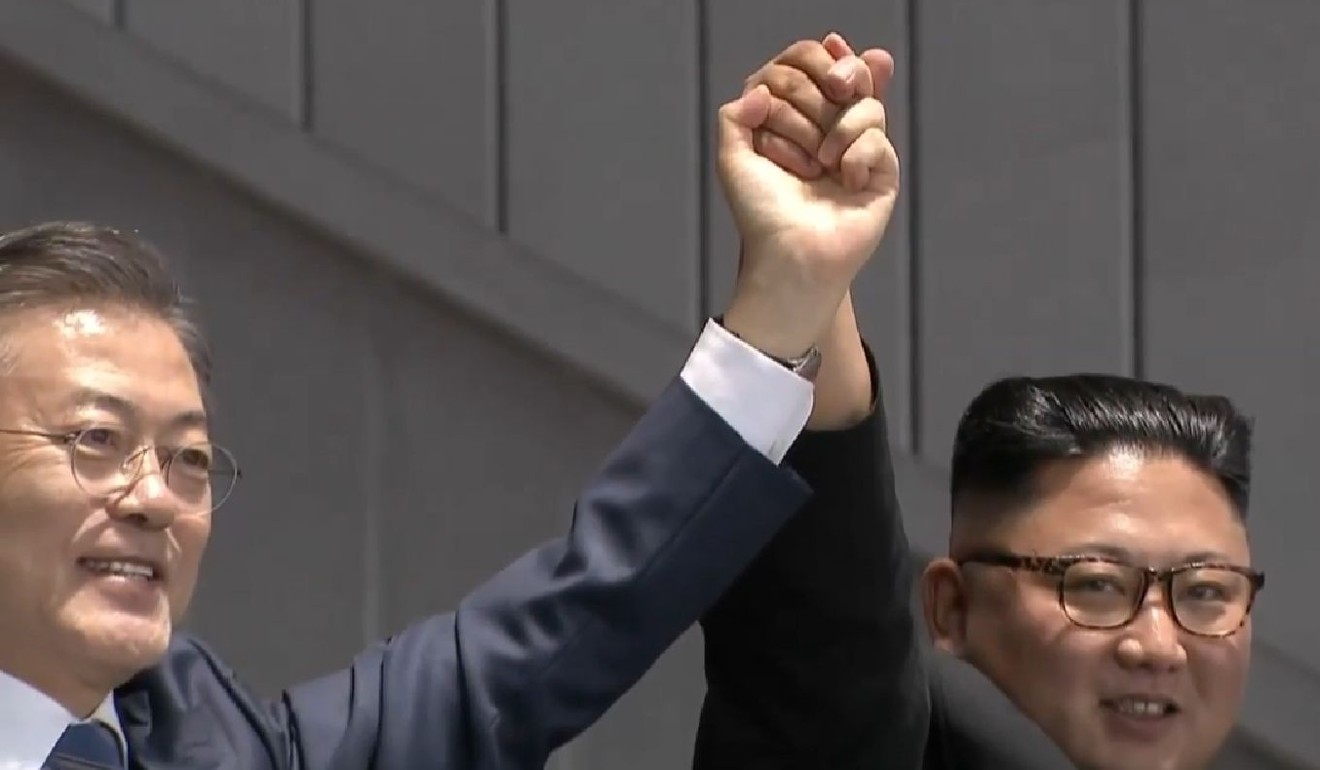
“Kim and I will firmly hold the hands of the 80 million Korean people and will make a new fatherland,” he added, sending the stadium crowd into frenzied cheering.
It was the first time ever that a South Korean leader made a speech in public to North Koreans. Presidents Kim Dae-jung and Roh Moo-hyun only ever met late leader Kim Jong-il and other officials and never spoke to any of its citizens in public.

The speech came hours after the third summit between Moon and Kim, during which they finally made progress, analysts said, compared with the vague results from two previous meetings.
Moon told reporters their joint declaration called for the closing North Korea’s missile and nuclear test sites: “Kim has agreed that additional measures, such as closing Yongbyon nuclear test site, can be taken if the US takes corresponding measures.”
He did not explain what the “corresponding measures” would be.
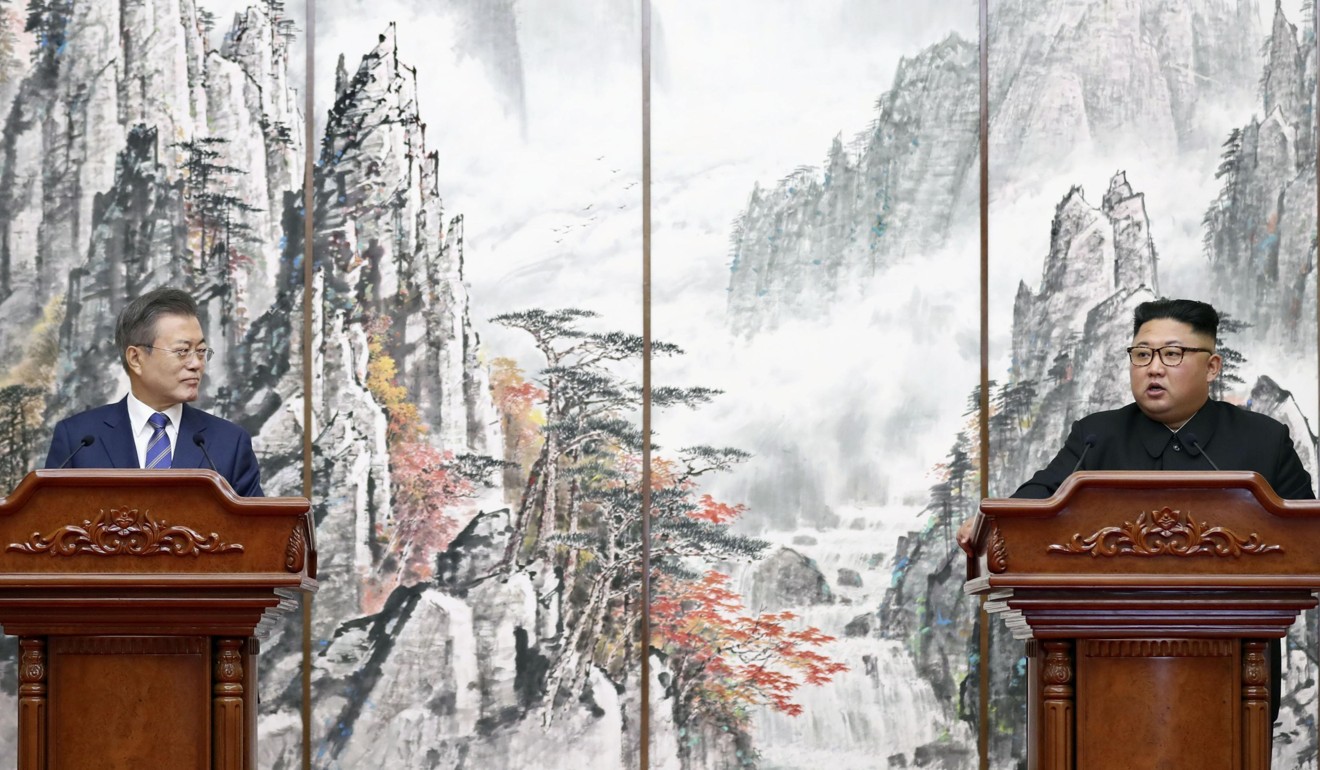
“We agreed to make efforts to turn the Korean peninsula into the land of peace without nuclear weapons or nuclear threats,” Kim said.
The two leaders said they would have try to have another summit in the South before the end of the year.
At the same time, the militaries from both countries signed an agreement to reduce tensions. This included the creation of buffer zones around land and sea borders where military and maritime exercises are banned, starting from November.

Moon’s three-day visit ends on Thursday, after a trip with Kim to Mount Baekdu, North Korea’s most northerly peak.
With the two Koreas reinforcing their commitment to denuclearisation and peace on the peninsula, the US and China may focus on helping them achieve the goals, rather than using the region as leverage against one another, analysts suggested.
“If North Korea comes to the negotiation table, US President Donald Trump will make fewer claims that China is behind North Korea’s slow denuclearisation,” said Jeong Seong-jang, a North Korea expert at the Sejong Institute in Seoul.
“It may positively affect the bilateral relations between US and China.”

Park Byeong-seug, a South Korean lawmaker with Moon’s Democratic Party of Korea, said his government has tried very hard not to make talks with the North reliant on the US or China.
“We would like to avoid the Korean peninsula becoming a factor in US and China relations,” he said.
“When the two Koreas improve relations, such concerns are somewhat eased … If the second US-North Korea summit goes well, I think it is even possible to establish a liaison office between the two countries.”
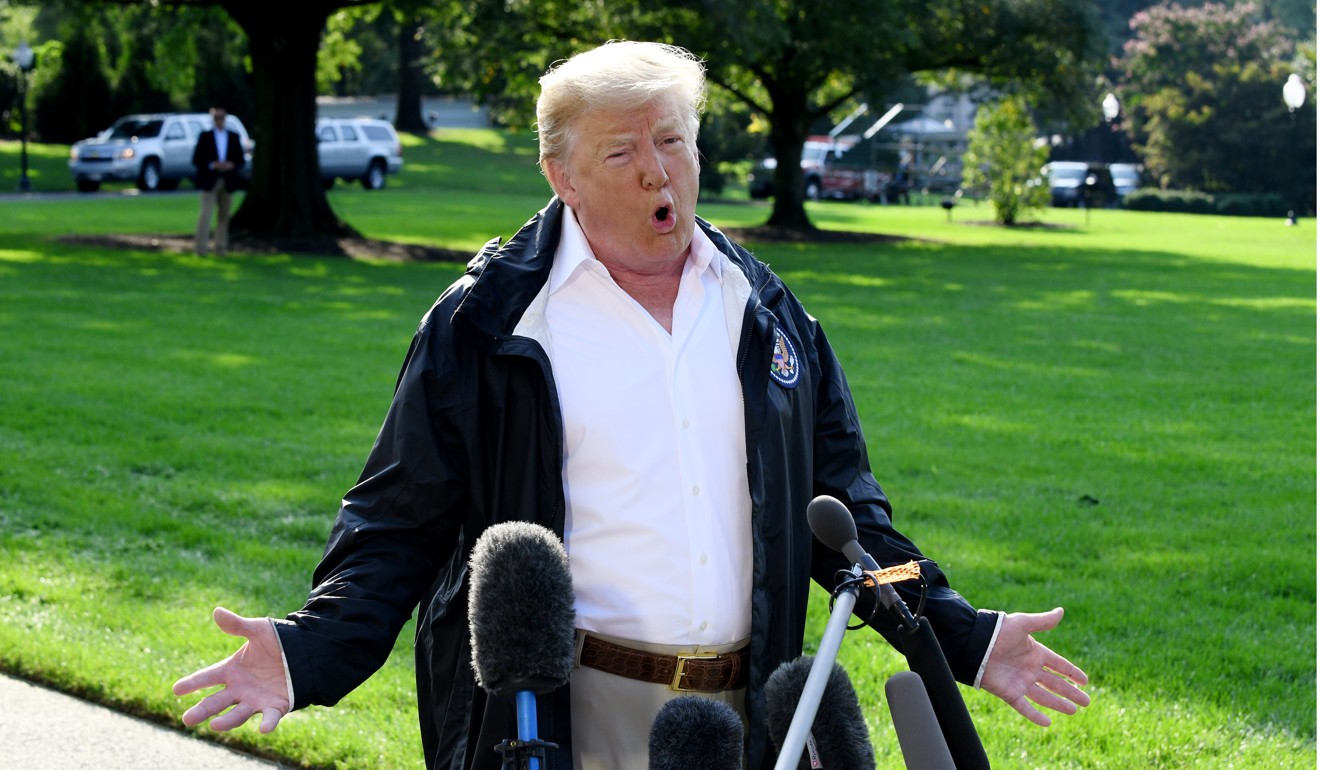
US President Donald Trump hailed the summit, telling reporters outside the White House there had been “tremendous progress” and “very good news”.
Moon’s trip to Pyongyang was seen as a mission to revive stalled talks between the US and North Korea, and Wednesday’s deal has injected some optimism into the possibility of second summit between Trump and Kim. However, the US president wasn’t giving anything away.
“He’s calm and I’m calm, so we’ll see what happens,” he said.
Additional reporting by Reuters

